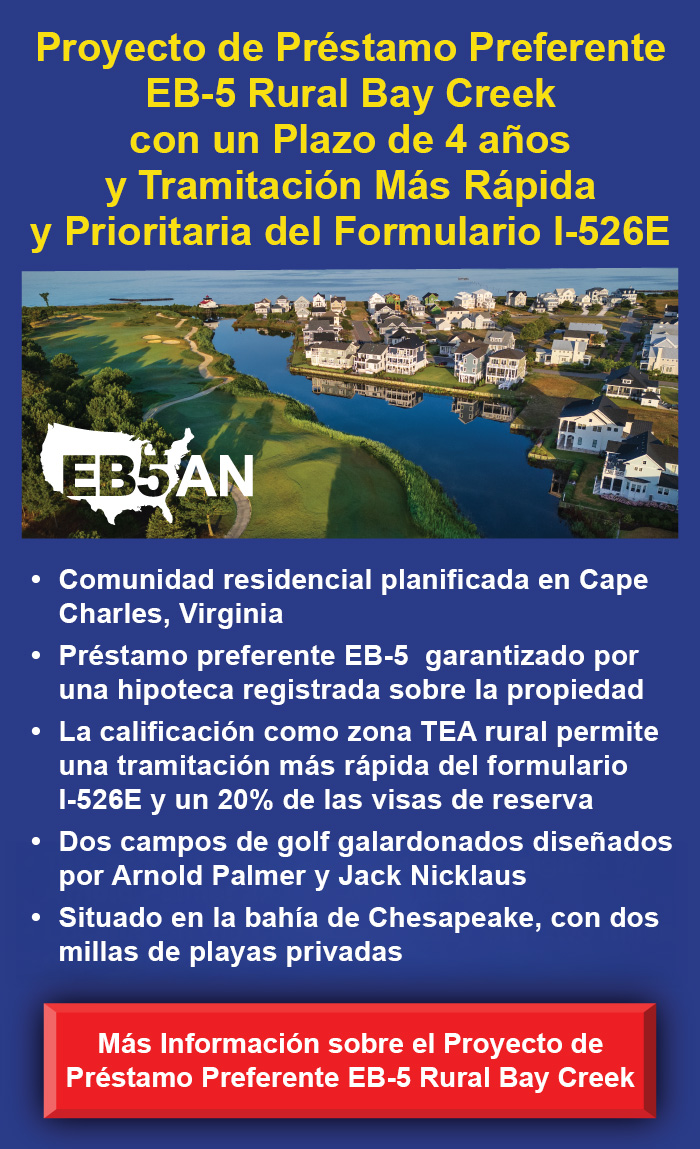While the EB-5 Immigrant Investor Program is a popular path to U.S. permanent resident status for its speed and relative ease, parts of the program can be somewhat complex. Generally speaking, eligible investors with qualified capital may apply to infuse funding into EB-5 projects and regional centers in exchange for U.S. green cards for themselves and immediate family members. That said, prospective investors will benefit greatly by familiarizing themselves with the program’s nuances ahead of time, and a qualified EB-5 attorney is often the best source of information.
In the meantime, there are a number of common questions among investors that can prepare interested investors with base knowledge before meeting with a legal professional. Five are addressed below.
1. How much capital should I expect to invest?
Every EB-5 investor is required to invest a minimum amount of capital in a qualified EB-5 project or regional center to secure a U.S. green card. Although a foreign investor is allowed to invest more, minimum investments are largely based on where the project is located. The default minimum is $1.8 million. When a selected project is based in a targeted employment zone (TEA), however, the investment minimum is reduced by half ($900,000).
A TEA is defined by high-unemployment rates or lower populations (generally speaking, rural areas) that can benefit more greatly from EB-5 foreign capital than larger cities with lower unemployment rates. When an investor selects a project that eligible for the lower minimum amount, their I-526 petition must also accompany documentation proving the project’s region meets unemployment rate and/or population guidelines to qualify as a TEA. While there are projects that accept direct investments, investors often choose to work with regional centers. EB-5 regional centers concentrate on working with project developers in TEAs due to the investor preference for them.
2. When can I expect to see my investment capital returned?
The funds invested in each EB-5 project are tied to that project for at least two years because a primary requirement of the EB-5 program is that foreign investment capital remain “at risk” throughout an investor’s two-year conditional permanent residence period. Due to specific circumstances surrounding a given project, that period may be extended. Sometimes capital isn’t returned for upwards of five years.
This is just another reason why EB-5 investors must carefully examine all documents pertaining to a prospective project. Besides caveats pertaining to delays, some project terms fully return investment capital, while others only return part of the money. If you do not fully understand any of the terms and conditions of repayment, turn to an experienced EB-5 attorney for clarification. Working with an EB-5 specialist is only one important step in conducting thorough due diligence. Going into a project with eyes open will ensure the project you select meets your financial and immigration requirements as well as your personal ones.
3. Is an EB-5 “at-risk” investment risky business?
The short answer is “not necessarily.” While every EB-5 investment is required to remain “at risk” during an investor’s conditional period, this doesn’t mean the investment must be risky. All the term signals is that an EB-5 investment must retain the possibility of loss and gain for the duration of the investment period. Careful consideration of prospective projects and regional centers will help investors assess the level of risk the project could entail. Due diligence also includes a study of previous track records for both the developers and regional centers involved.
4. Am I allowed to borrow capital to fund my EB-5 investment?
Investment capital for EB-5 projects can come from any number of lawful and thoroughly documented sources, loans being one of them. Even donations from family are appropriate sources of funds when properly documented. For larger funding amounts through financial institutions, investors can often secure a loan using personally owned assets as collateral.
5. How are EB-5 applications prioritized by USCIS?
From inception, United States Citizenship and Immigration (USCIS) employed a first-in-first-out (FIFO) policy for all EB-5 petition adjudication. This approach dictated that petitions were adjudicated in the order they were received. However, in April 2020, that changed. In the Spring, USCIS switched to a new method: the visa availability approach. The new system allows adjudicators to prioritize EB-5 applications based on the investor’s country of origin.
This change was made in an effort to address massive backlogs in certain countries (China and Vietnam, as of September 2020) which are primarily due to high EB-5 demand. Because each country, regardless of size, is allocated about 700 EB-5 visas annually, the FIFO approach meant USCIS adjudicators were often working on EB-5 petitions for applicants from countries that had no EB-5 visas available. The visa availability approach, on the other hand, allows USCIS to prioritize petitions for applicants hailing from countries that have immediate visa availability.
USCIS’s monthly Visa Bulletins are a popular source of information for EB-5 investors who have questions about the current status and prioritization of various countries and their backlogs. The September 2020 bulletin shows China as the only country not considered “current” in Chart B, the section USCIS uses to determine adjudication priority.


